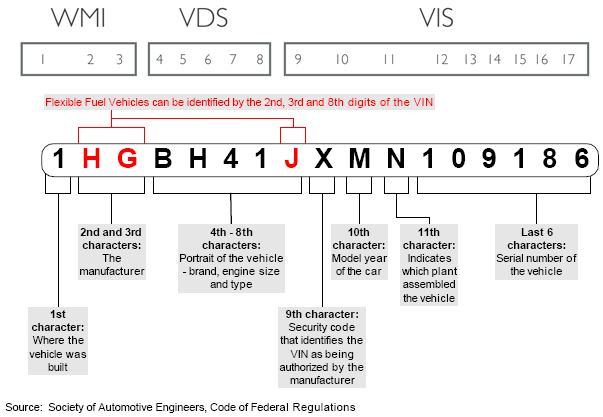
Free Hyundai VIN decoder: lookup windows sticker / build sheet options
Home → Hyundai
Every Hyundai car is assigned a unique 17-digit number known as the vehicle identification number (VIN). This code, consisting of letters and numbers, is used by various businesses, including Hyundai manufacturers, dealerships, and insurance companies, to identify and track a particular vehicle.
By using a VIN decoder, you can input the VIN of your Hyundai to uncover more about the encoded data, which includes information about the vehicle's make, model, production history, and other features. This tool can help you learn more about your one-of-a-kind Hyundai. Fun fact: Hyundai is a South Korean automaker founded in 1967, known for producing a range of vehicles, including sedans, hatchbacks, and SUVs that are popular in the United States.






